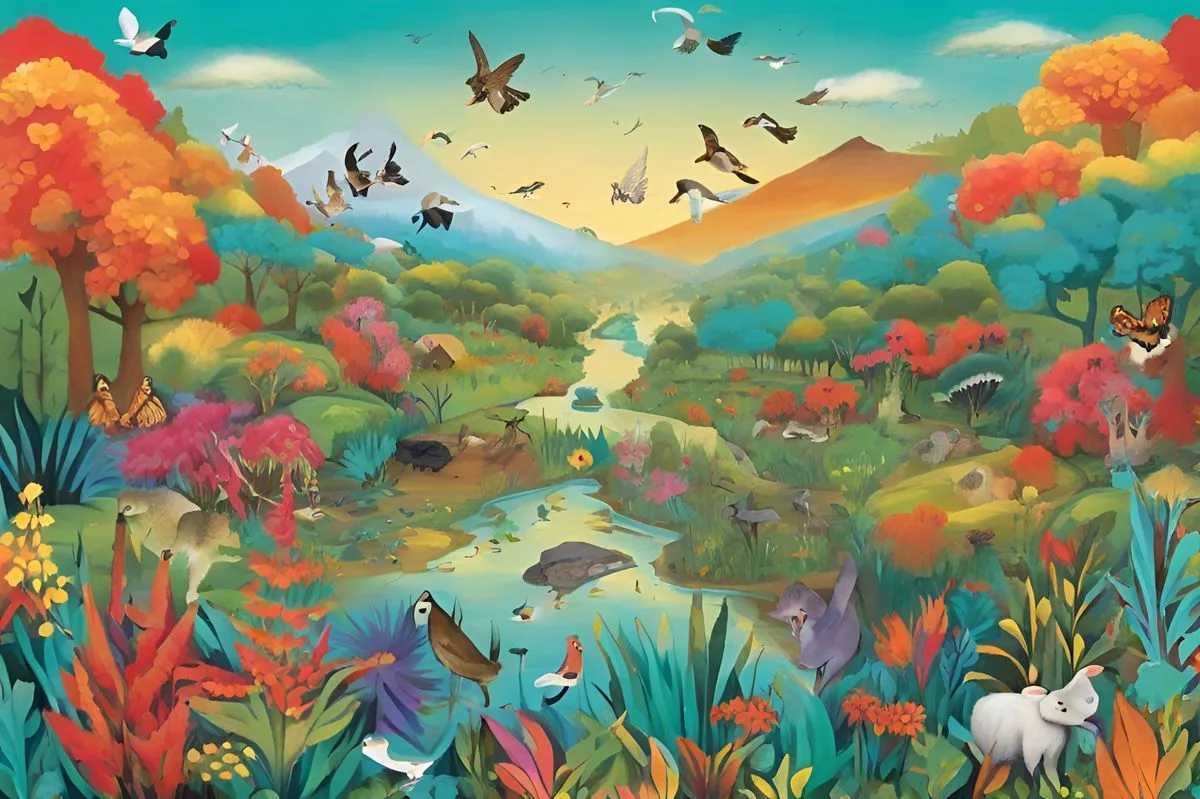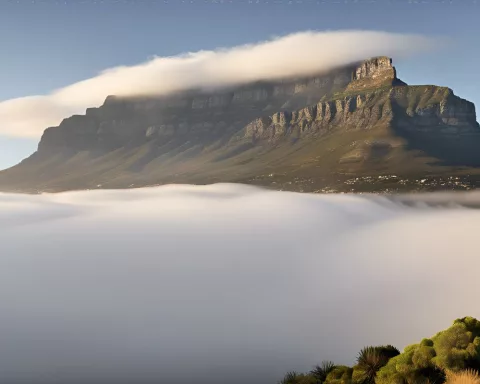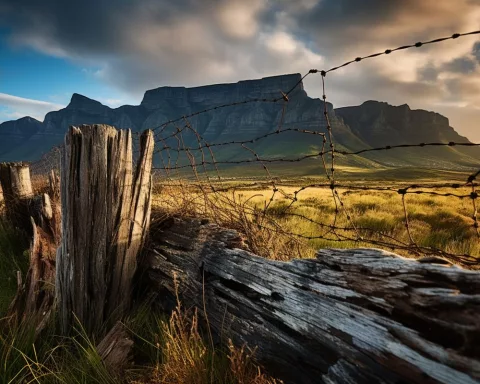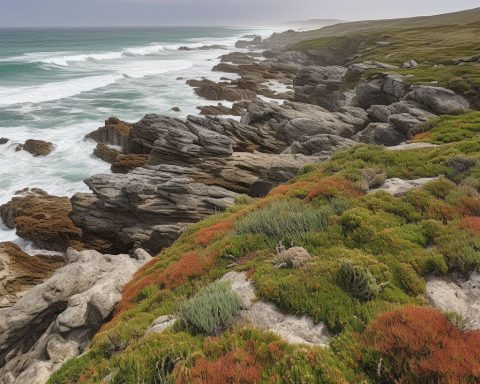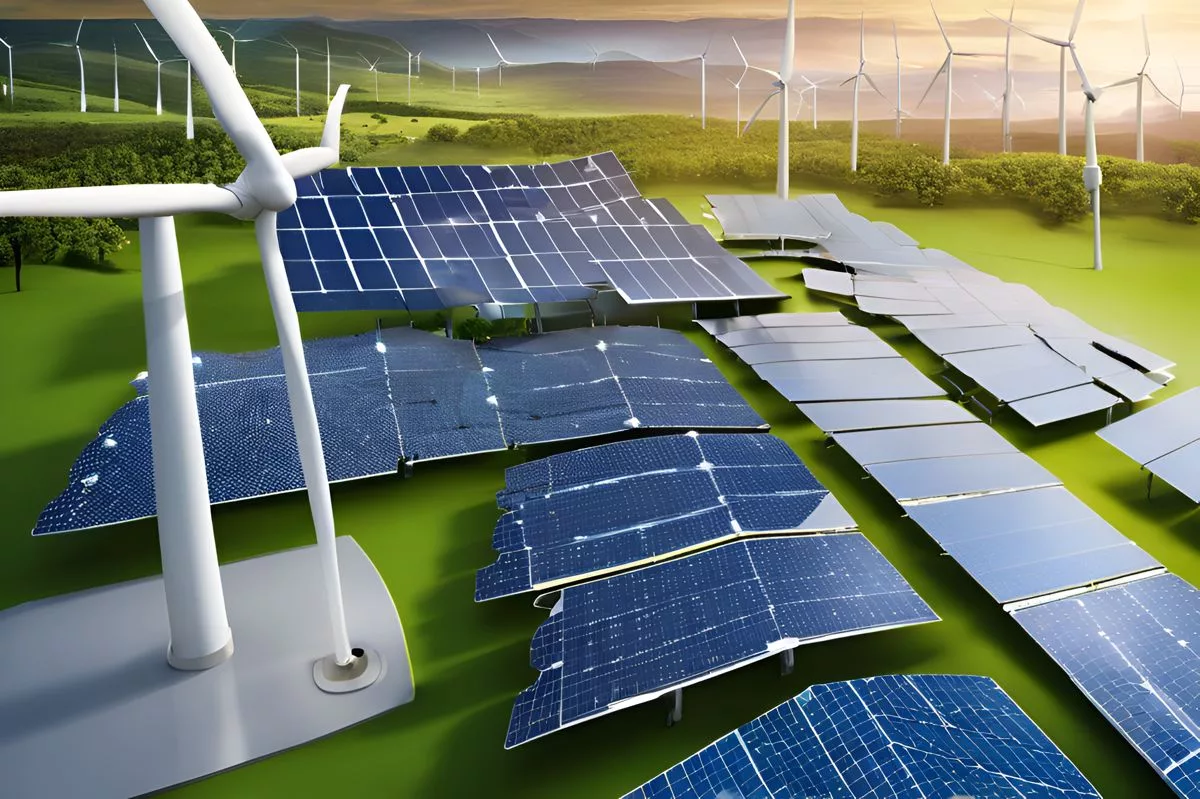Deputy Minister Narend Singh unveiled SANParks’ Vision 2040 at a lively event in Johannesburg, aiming to blend nature conservation with social fairness and economic growth in South Africa. This vision focuses on helping communities thrive while protecting the environment, highlighting the importance of working together for a brighter future. It promises to create economic opportunities and jobs while ensuring everyone benefits from the country’s rich natural resources. With the involvement of all stakeholders, Vision 2040 is a hopeful plan for a world where people and nature live in harmony, paving the way for a sustainable and inclusive future.
What is SANParks’ Vision 2040?
SANParks’ Vision 2040 aims to harmonize conservation with social equity and economic growth in South Africa. It emphasizes inclusivity, community benefits, and sustainable development by utilizing the country’s biodiversity. This initiative encourages collaboration among stakeholders to ensure a prosperous future for both people and nature.
Unveiling a Vision at the Capital Empire Hotel
In a grand event at the Capital Empire Hotel in Sandton, Johannesburg, Deputy Minister Narend Singh took the spotlight to introduce South African National Parks’ (SANParks) Vision 2040. The gathering was an electrifying mix of distinguished guests, featuring SANParks Board Chairperson Ms. Pam Yako, Director General Ms. Nomfundo Tshabalala, and SANParks CEO Ms. Hapiloe Sello. The audience comprised members from traditional authorities, civic groups, business sectors, and media representatives, all brimming with curiosity about this groundbreaking vision.
Deputy Minister Singh’s keynote address was a masterful exposition of the far-reaching goals encapsulated within Vision 2040. This initiative is not just a pledge to enhance conservation; it is a bold strategy to utilize South Africa’s unique biodiversity to uplift communities and foster social cohesion. The central theme—“Vision 2040 – For A Life in Harmony with Nature”—captures the essence of this mission, envisioning a future where humanity and nature coexist symbiotically, bolstering sustainable development through a holistic focus on people, planet, and prosperity.
Singh’s speech painted a vivid picture of how Vision 2040 aims to transform societal discussions, plans, and aspirations by the year 2040. This transformation is set to infiltrate homes, boardrooms, and public discourse alike, fostering a deeper appreciation for both cultural and natural heritage. The vision emphasizes shared economic growth and job creation, anchored in a deep-rooted connection with nature.
Promoting Social Justice and Inclusion
A cornerstone of Vision 2040 is its commitment to promoting social justice and inclusion. The initiative ensures that disadvantaged and marginalized communities gain equitable access to opportunities and resources. Under this vision, conservation becomes a catalyst for growth, prosperity, and better livelihoods. This approach aligns seamlessly with the Kunming-Montreal Global Biodiversity Framework, which aims to protect 30% of land and sea by 2030. Communities living near conservation areas will see tangible economic benefits, a concept embodied in the creation of Mega Living Landscapes (MLLs).
MLLs are expansive, integrated areas that balance human development with natural ecosystems. These landscapes form a pivotal element of Vision 2040 and are closely aligned with the National Biodiversity Economy Strategy. This strategy aims to harness biodiversity for sustainable economic development, promoting eco-tourism, sustainable agriculture, and green businesses. This alignment supports local economies by generating income while preserving natural resources, creating jobs, and providing sustainable livelihoods.
As Singh delivered his speech, several key themes resonated. One is the socio-economic benefits derived from conservation and biodiversity. Another theme is the transformation of SANParks to meet the demands of Vision 2040, evolving into an organization that is responsive and fit-for-purpose. Inclusivity and partnerships emerged as critical elements, with Singh urging all stakeholders to contribute their insights, aspirations, and best practices to this uniquely South African vision.
The Role of Stakeholders and Annual Reviews
The significance of annual progress reviews cannot be overstated. Stakeholders from various arenas, including government entities, traditional leadership, women, youth, and businesses, will play crucial roles in achieving Vision 2040. These review sessions will evaluate the progress made and assess the fulfillment of roles, ensuring accountability and commitment to the vision. This collaborative effort is essential for driving progress over the next 16 years, uniting diverse groups in pursuit of a common goal.
Singh stressed the world-class nature of Vision 2040, indicating that its successful implementation would place South Africa among the leading nations. This vision exhibits the country’s potential as a “can-do” nation, proving that collective effort can yield extraordinary outcomes. He expressed deep gratitude to the SANParks Board, CEO, Executive Committee, and staff for their remarkable dedication in re-envisioning and co-creating a new future for conservation.
The event marked a historic milestone, extending an invitation to all attendees to join this extraordinary journey. Vision 2040 represents a courageous step towards a future where people and nature coexist harmoniously, driving sustainable development and social equity. The path ahead may be challenging, but with collective effort and unwavering commitment, the vision is attainable.
Forging Ahead with Vision 2040
The keynote address by Deputy Minister Narend Singh at the reveal of Vision 2040 set the stage for an ambitious and transformative journey. The vision seeks to harness South Africa’s biodiversity to advance social justice, inclusivity, and economic growth. By aligning conservation with sustainable development, Vision 2040 aims to create a future where both people and nature flourish together. The success of this vision hinges on the collective effort of all stakeholders, unified in their dedication to this shared goal.
This vision offers a comprehensive roadmap that intertwines conservation with socio-economic development, ensuring that the benefits of natural resources are shared equitably among all communities. The emphasis on inclusivity ensures that no one is left behind, creating a fairer and more just society. The integration of economic activities with conservation efforts promises to generate new revenue streams, enhance livelihoods, and contribute to the nation’s overall prosperity.
Vision 2040 is not just a plan; it is a call to action for all South Africans. The vision requires the active participation of every stakeholder, from community leaders to business executives, from policymakers to everyday citizens. Each has a role to play in bringing this vision to life, demonstrating that when a nation unites around a common goal, remarkable achievements are possible.
In conclusion, Deputy Minister Narend Singh’s announcement of Vision 2040 heralds a new era for South Africa’s conservation efforts. This vision aims to integrate biodiversity with social and economic development, ensuring that both people and nature benefit. The path to 2040 is paved with opportunities for growth, inclusivity, and sustainability. With dedication and collaboration, Vision 2040 is set to transform South Africa into a beacon of harmonious coexistence between humanity and the natural world.
“`markdown
What is SANParks’ Vision 2040?
SANParks’ Vision 2040 aims to harmonize conservation with social equity and economic growth in South Africa. The initiative emphasizes inclusivity, community benefits, and sustainable development through the utilization of the country’s rich biodiversity. It encourages collaboration among various stakeholders to ensure a prosperous future for both people and nature.
What are the main goals of Vision 2040?
The primary goals of Vision 2040 include promoting social justice and inclusion, creating economic opportunities, and fostering sustainable development. It aims to ensure that disadvantaged and marginalized communities gain equitable access to resources and opportunities, with conservation acting as a catalyst for growth and prosperity.
How does Vision 2040 plan to benefit local communities?
Vision 2040 plans to benefit local communities by creating Mega Living Landscapes (MLLs), which integrate human development with natural ecosystems. These initiatives aim to generate income through eco-tourism, sustainable agriculture, and green businesses, providing tangible economic benefits to communities living near conservation areas.
What role do stakeholders play in Vision 2040?
Stakeholders, including government entities, traditional leadership, women, youth, and businesses, play crucial roles in achieving Vision 2040. Their involvement is essential for conducting annual progress reviews, ensuring accountability, and driving collective efforts towards fulfilling the vision’s objectives over the next 16 years.
How does Vision 2040 align with global biodiversity goals?
Vision 2040 aligns with the Kunming-Montreal Global Biodiversity Framework, which aims to protect 30% of land and sea by 2030. By promoting social equity and sustainable economic practices, it supports global biodiversity goals while enhancing the livelihoods of local communities.
Why is the participation of all South Africans important for Vision 2040?
The active participation of all South Africans is vital for the success of Vision 2040, as it requires a collaborative approach to achieve its ambitious goals. Every stakeholder, from community leaders to everyday citizens, has a role to play in fostering a harmonious coexistence between humanity and nature, demonstrating that collective effort can lead to remarkable outcomes.
“`

